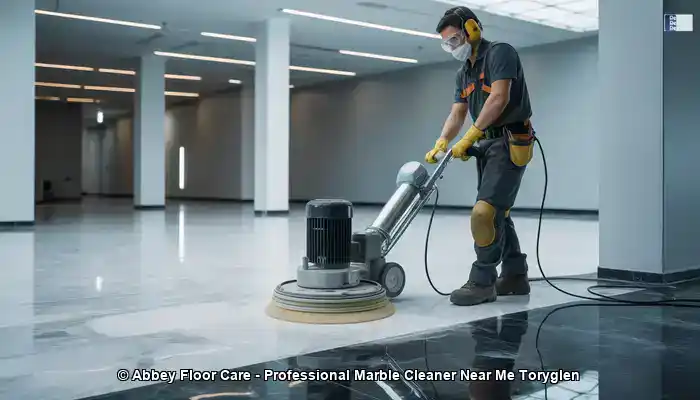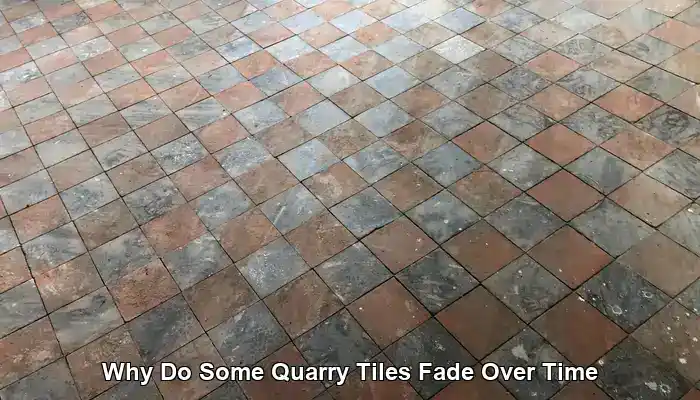
Quarry tiles are celebrated for their remarkable durability, earthy elegance, and timeless aesthetics. These robust, unglazed ceramic tiles are frequently featured in rustic kitchens or create a sturdy base for lively patios. They are expertly designed to withstand heavy foot traffic and challenging conditions. However, it has been observed by many homeowners and property managers that these tiles can gradually exhibit a fading of their colours over time, which can appear inconsistent or even quite stark. This transition can be perplexing, especially when tiles that once flourished in rich reds, warm browns, or vibrant terracotta shades begin to look pale, patchy, or dull.
The gradual fading of quarry tiles is not merely a cosmetic concern; it often signals underlying wear, environmental stressors, or potential chemical damage. Outdoors, these tiles are relentlessly exposed to the elements, including rain, frost, and extreme temperature fluctuations, which can progressively erode their surfaces. A significant issue is the freeze-thaw cycle, which can lead to micro-cracks and surface flaking, revealing lighter inner layers that have a rougher texture. On the other hand, the indoor environment poses its own unique challenges. High foot traffic can gradually diminish the pigmented surface of the tile, uncovering the underlying material, typically composed of larger particles and varying mineral colours. This natural layering means that once the surface integrity is compromised, noticeable changes in both colour and texture can occur, impacting the tile’s overall appearance.
In addition to physical wear, exposure to chemicals plays a significant role in the fading process. Powerful cleaning agents, especially those with acidic or alkaline properties, can weaken protective sealers and strip essential coatings. Over time, this vulnerability leads to staining, efflorescence (the formation of white salt deposits that lighten the surface), and the build-up of dirt in newly formed pits and abrasions. Collectively, these factors create a faded, uneven appearance that detracts from the tile’s original beauty and character, making it essential for homeowners to understand and address these issues promptly.
Understanding the reasons behind quarry tile fading is a vital first step in preserving their character and prolonging their lifespan. In this comprehensive guide, we will delve into the environmental, mechanical, and chemical factors that contribute to fading—both indoors and outdoors—and provide practical strategies for prevention and restoration. Whether you are maintaining a historical floor or simply aiming to keep your tiles in immaculate condition, this guide will equip you with the knowledge needed to navigate the nuanced science behind quarry tile wear.
Expert Recommendations for Essential Products to Maintain Your Quarry Tiles Daily
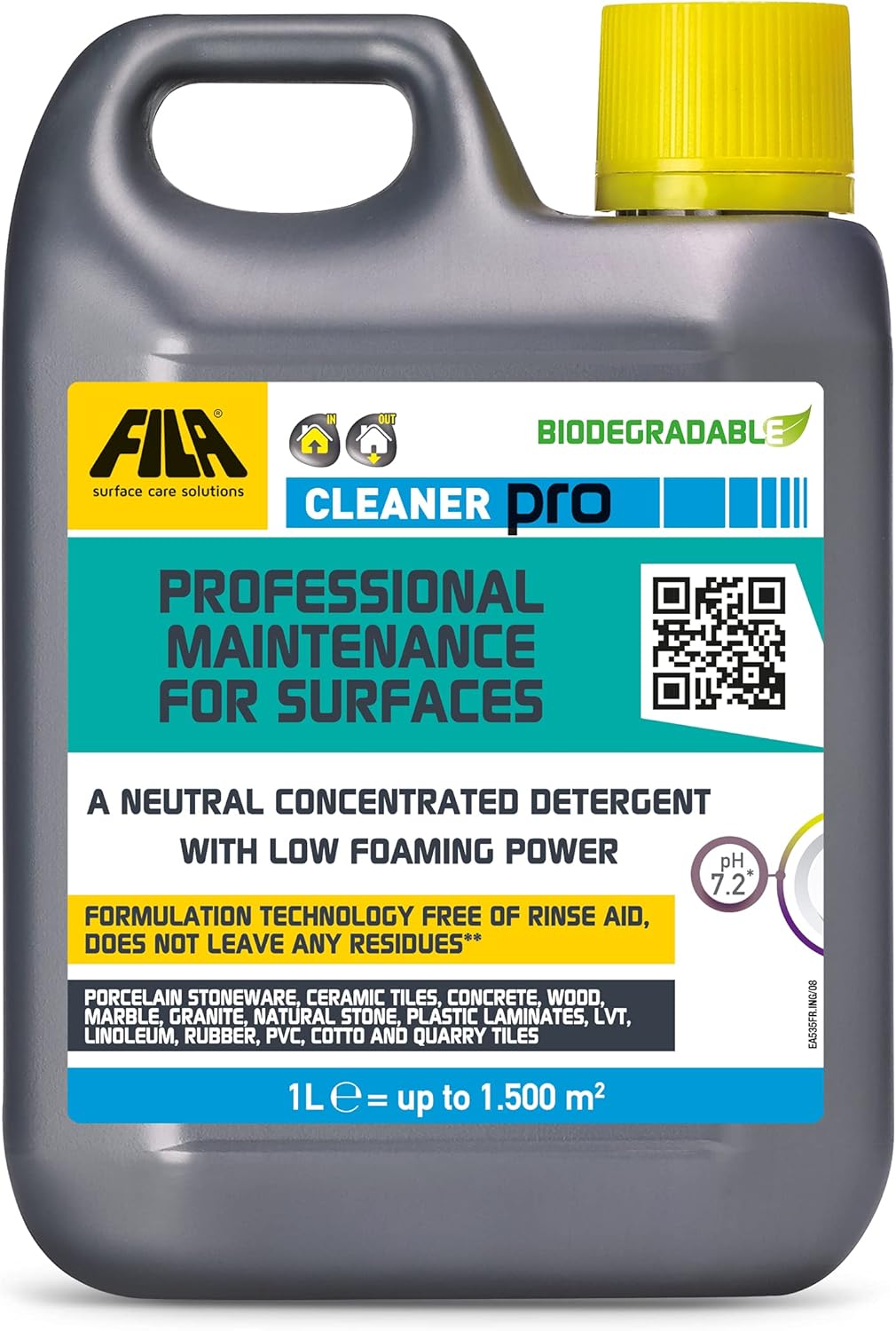
Fila Pro Floor Cleaner
|
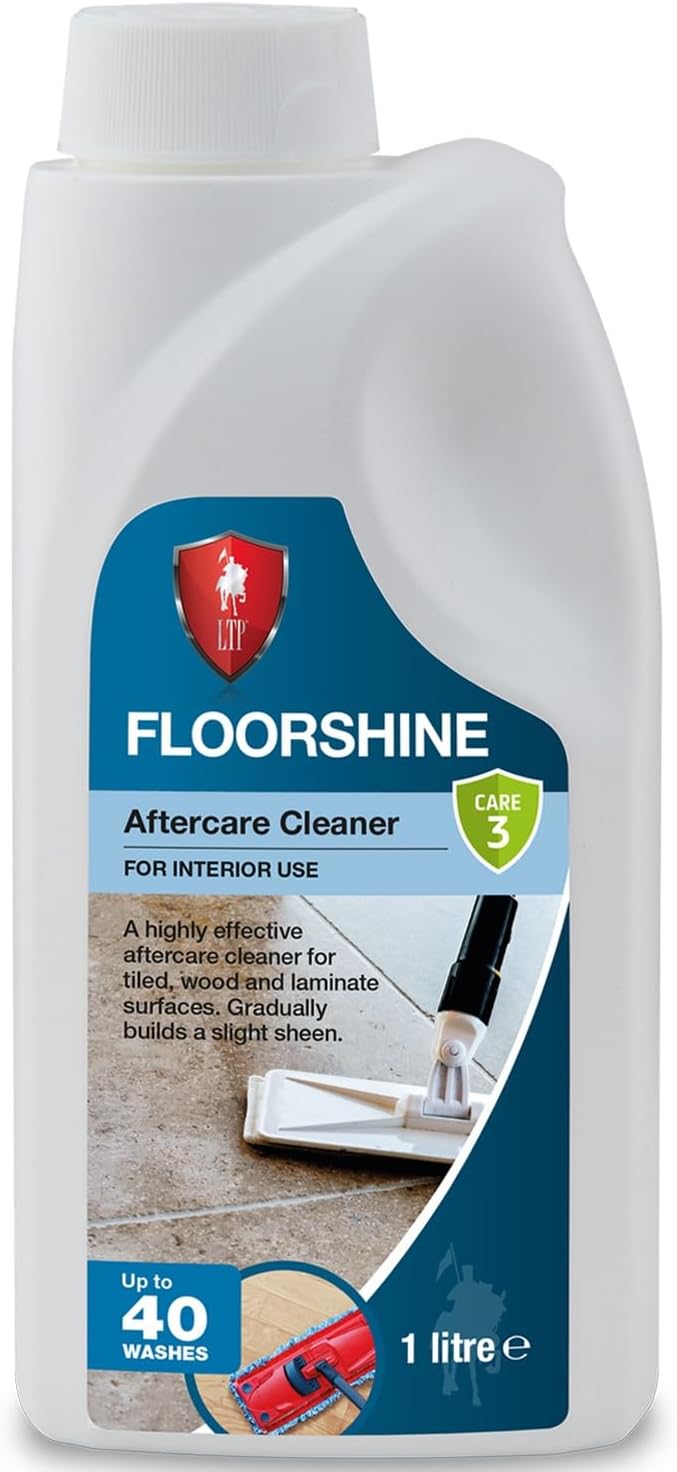
LTP Floorshine
|
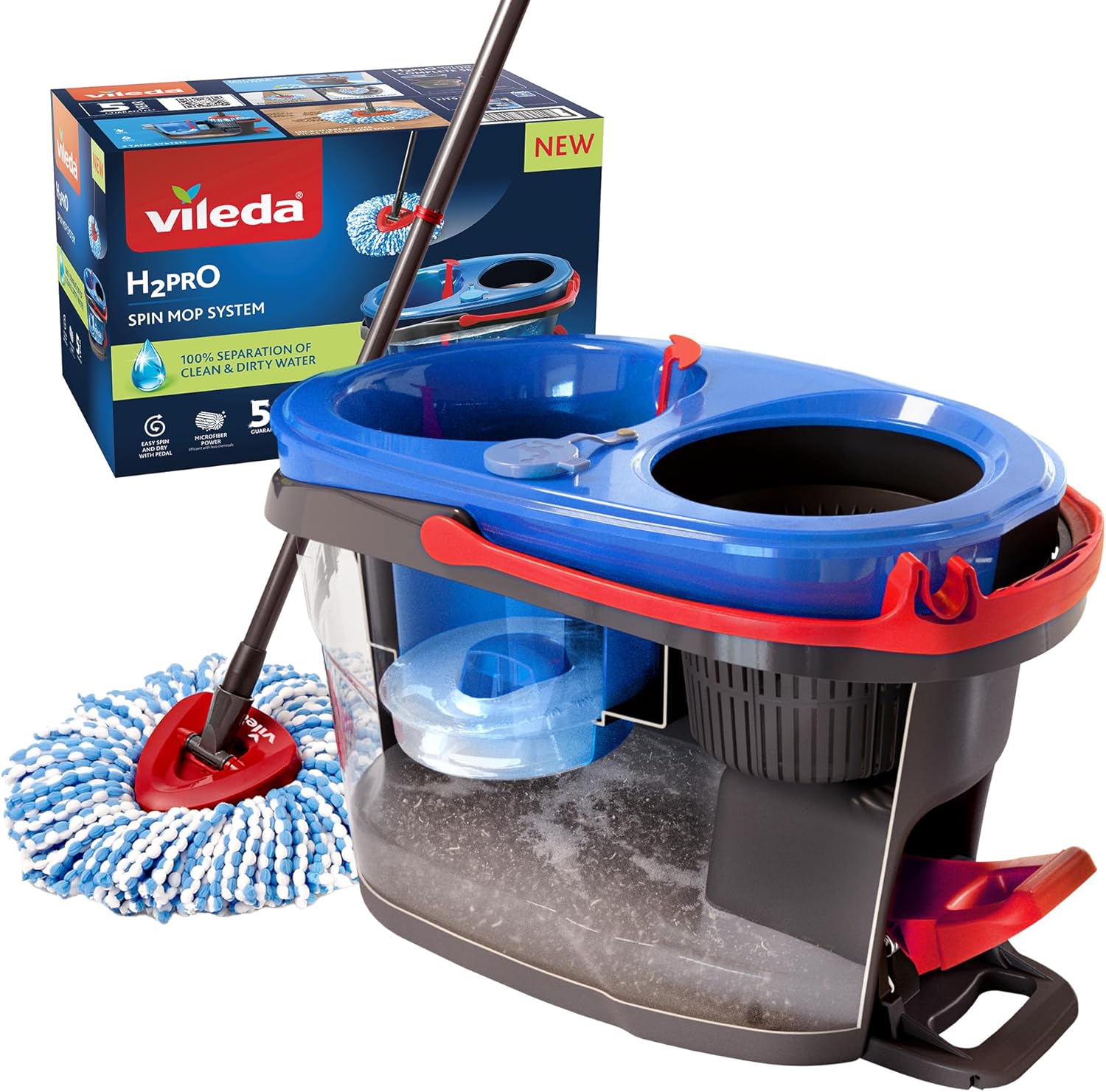
Vileda H2PrO Spin Mop System
|
Investigate the Environmental Factors Contributing to Quarry Tile Fading
Quarry tiles placed in outdoor environments are constantly exposed to environmental stressors that gradually degrade their colour and texture. Although these tiles are known for their resilience, nature possesses a unique ability to erode even the toughest surfaces over time, leading to noticeable changes in their appearance.
How Do Weather Conditions Affect the Lifespan of Quarry Tiles?
A key factor contributing to fading is the exposure to weather elements, particularly from rain and freeze-thaw cycles. Rainwater can penetrate the porous surfaces of unsealed or poorly sealed tiles, carrying along minerals and contaminants that may stain or leach colour. When temperatures drop, moisture trapped within the tile expands as it freezes, creating micro-cracks and causing surface flaking. This repetitive freeze-thaw cycle exposes the inner core of the tile, which often consists of lighter, less pigmented material, thereby accelerating the fading process and altering the tile’s overall appearance.
What Is the Impact of Surface Wear and Layer Exposure on Quarry Tiles?
Quarry tiles are typically constructed with a dense outer layer that retains the most brilliant colours. As this outer layer wears down—due to factors such as foot traffic, abrasion, or erosion—the inner layer becomes visible. This underlying layer often contains larger aggregate particles and shows a more inconsistent hue, leading to a patchy appearance that lacks the richness and depth of the original surface. Consequently, this results in a noticeable alteration in the tile’s overall aesthetic, diminishing its initial charm and appeal while making it appear less vibrant.
How Can Chemical Damage from Outdoor Cleaning Impact Quarry Tiles?
Outdoor cleaning often requires the use of powerful chemicals to combat moss, algae, or dirt. Unfortunately, these aggressive solutions can damage sealers and strip away essential protective coatings. Once the sealer is compromised, the tile becomes increasingly susceptible to staining, mineral deposits, and accelerated wear. Over time, exposure to these chemicals contributes to fading and an overall dull surface, further detracting from the visual appeal of the tiles and necessitating careful consideration of cleaning products used.
Which Indoor Factors Lead to the Fading of Quarry Tiles?
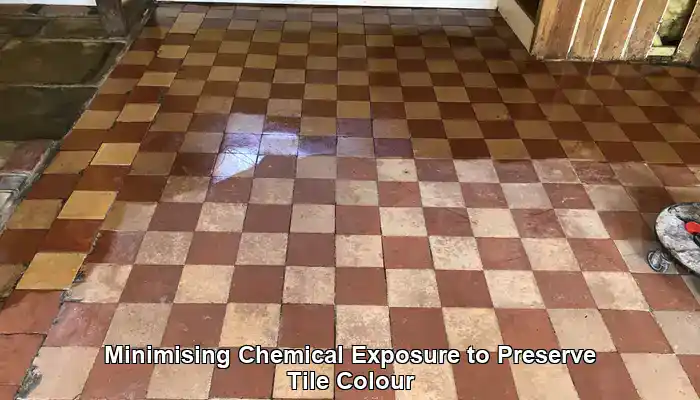
While outdoor quarry tiles are subject to harsh environmental conditions, indoor tiles face a distinct set of challenges that can also lead to deterioration over time. From foot traffic to cleaning routines, the fading of indoor quarry tiles often results from a slow, cumulative process driven by wear, surface breakdown, and chemical exposure, making it essential to adopt appropriate maintenance measures.
How Do Abrasive Wear and Loss of Crust Affect Indoor Tiles?
Quarry tiles are designed with a dense, pigmented outer crust that imparts vibrant colour and a smooth finish. Indoors, particularly in high-traffic areas like kitchens, hallways, and commercial spaces, this outer crust gradually diminishes. As the surface wears down, the inner body of the tile becomes exposed, which typically consists of larger mineral particles and a more porous structure. This results in a significant alteration in both colour and texture. Earth-toned tiles may appear mottled or washed out, displaying lighter areas where the crust has thinned, thus reducing their visual impact.
What Are the Effects of Surface Pitting and Soil Accumulation on Indoor Tiles?
As the surface deteriorates, micro-abrasions and pits develop. These tiny indentations can trap soil, grease, and residues from cleaning products, leading to uneven staining and dullness over time. Regular cleaning may struggle to remove embedded dirt, resulting in a faded, blotchy appearance. This issue is particularly prevalent in older floors that have not been properly sealed or maintained, making them more vulnerable to fading and requiring extra attention to restore their former glory.
How Does Efflorescence and Mineral Migration Affect Indoor Tiles?
Efflorescence is another significant factor contributing to the fading of indoor tiles. This phenomenon occurs when moisture beneath the tile rises, carrying soluble salts to the surface. As the water evaporates, it leaves behind a white, powdery residue that lightens the tile’s appearance and can potentially damage the surface. Efflorescence is particularly common in areas with insufficient subfloor ventilation or where tiles are installed over damp concrete. If not addressed, it can deteriorate the tile’s surface and complicate cleaning efforts, making proactive measures essential.
What Are the Consequences of Chemical Overuse and Breakdowns in Sealers?
Indoor cleaning routines frequently rely on potent chemical agents, especially in commercial or food preparation environments. While these products can effectively eliminate grease and stains, they also risk stripping away sealers and protective coatings. Once the sealer is compromised, the tile becomes increasingly porous and vulnerable to staining, wear, and further fading. Acidic or alkaline cleaners can even etch the surface, permanently altering its texture and colour. Over time, repeated exposure to harsh chemicals accelerates the degradation of both the tile and its finish, necessitating careful product selection for cleaning.
How Can Proper Maintenance Practices Promote the Longevity of Quarry Tiles?
Preventing the fading of indoor quarry tiles can often be achieved through diligent maintenance. Utilising pH-neutral cleaners, adhering to a regular sealing schedule, and avoiding abrasive cleaning tools can significantly extend the life and aesthetic appeal of the tiles. For older floors showing signs of wear, professional restoration—including deep cleaning, re-sealing, and colour enhancement—can effectively rejuvenate their original beauty and vibrancy, ensuring they remain a stunning feature of your home.
What Are the Most Effective Strategies for Preventing and Restoring Quarry Tiles?
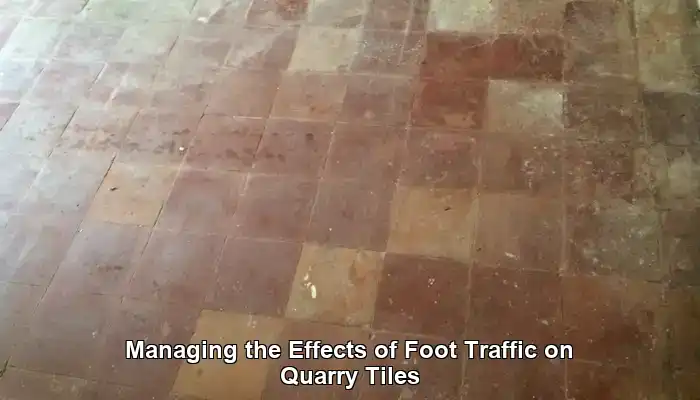
Understanding the causes of quarry tile fading is just the beginning—the true knowledge lies in how to prevent fading and restore their original splendour when wear occurs. Regardless of whether your tiles are installed indoors or outdoors, proactive care and thoughtful restoration can significantly extend their lifespan while preserving their rich, earthy character, making regular maintenance essential.
How Does Sealing Serve as the First Line of Defence Against Fading?
One of the most effective methods of preventing fading is through proper sealing. Quarry tiles are inherently porous, and without a protective barrier, they can easily absorb moisture, dirt, and chemicals. A high-quality penetrating sealer fills the pores while allowing the tile to breathe, effectively repelling contaminants. This is particularly vital for outdoor tiles to safeguard against rain, frost, and algae. Internally, sealing is essential to resist staining from spills, cleaning agents, and foot traffic, making it a critical step in preserving the tiles’ appearance.
Sealers should be reapplied periodically—typically every 1 to 3 years, depending on usage and exposure levels. A simple water-drop test can help you determine when resealing is necessary: if water soaks into the tile rather than beading on the surface, it’s time for a refresh, ensuring continued protection and aesthetic appeal.
How Can Intelligent Cleaning with the Right Products Benefit Quarry Tiles?
Routine cleaning is essential, but the cleaning agents you choose have a significant impact on the longevity of your tiles. Harsh chemicals, particularly those that are acidic or alkaline, can degrade sealers and etch the tile surface. Over time, this may result in dullness, discolouration, and increased susceptibility to staining. Instead, opt for pH-neutral cleaners specifically formulated for stone or tile surfaces. These products effectively lift dirt without compromising the tile’s integrity, helping to maintain their vibrant appearance.
For stubborn grime or efflorescence, utilise targeted treatments sparingly and always perform a thorough rinse afterwards. Avoid bleach, ammonia, and vinegar-based solutions, as they may seem effective but can lead to long-term damage to the tile surface.
What Maintenance Techniques Can Safeguard the Colour of Your Quarry Tiles?
Regular sweeping and damp mopping are crucial practices to help prevent soil build-up and surface abrasion. Use soft-bristle brushes or microfiber pads instead of abrasive scrubbers that can wear away the tile’s pigmented crust. In high-traffic areas, consider placing rugs or mats to minimise direct wear—especially near entryways or kitchen workstations, contributing to the overall longevity of the tiles.
For outdoor tiles, pressure washing should be done with caution. While it can effectively eliminate surface dirt, excessive pressure may damage the tile or force water into cracks, exacerbating freeze-thaw damage. If pressure washing is necessary, keep the pressure low and maintain a safe distance between the nozzle and the tile surface to avoid potential harm.
How Can Professional Restoration Help Revive Quarry Tiles?
When fading becomes evident and routine care is no longer sufficient, professional restoration can yield remarkable results. Restoration specialists utilise a combination of deep cleaning, mechanical resurfacing, and colour enhancement techniques to rejuvenate worn tiles, bringing them back to their former glory.
- Deep cleaning effectively removes embedded dirt, grease, and mineral deposits using advanced equipment and specialised solutions.
- Mechanical honing or polishing smooths out worn surfaces and restores texture, particularly for indoor tiles displaying signs of surface pitting.
- Colour enhancement sealers can enrich faded tones, particularly in earth-coloured tiles, by deepening their natural pigments without creating a glossy finish, enhancing their overall appearance.
In cases of significant wear, restoration may also involve regrouting, tile replacement, or applying protective coatings tailored to the tile’s specific environment, ensuring they are well-protected and visually appealing.
What Long-Term Care Strategy Should Be Implemented for Quarry Tiles?
Avoiding future fading necessitates a comprehensive long-term strategy. Implement a maintenance schedule that includes regular inspections, cleaning, and resealing. Educate household members or staff on proper cleaning techniques and the importance of using suitable products. In commercial settings, consider working with a floor care professional to develop a customised plan based on traffic levels and environmental conditions, ensuring the tiles remain in optimal condition.
If your tiles are part of a heritage property or have historical significance, consult with conservation experts before undertaking any restoration work. Preserving the authenticity of older quarry tiles often requires specialised techniques and materials to maintain their integrity while enhancing their visual appeal.
Addressing Common Questions Regarding Quarry Tile Care
Can I Successfully Restore Faded Quarry Tiles?
Yes, quarry tiles can often be restored through deep cleaning, resealing, or even professional refinishing techniques, depending on the extent of fading. Homeowners should explore various options for rejuvenating their tiles and bringing back their original vibrancy.
What Is the Recommended Cleaning Frequency for Quarry Tiles?
Regular sweeping should be conducted weekly, with deeper cleaning every few months to maintain their appearance and prevent fading. Establishing a consistent routine will aid in preserving their vibrancy and overall condition, ensuring they remain a beautiful feature in your home.
Are There Specific Sealants Formulated for Quarry Tiles?
Indeed, there are specialised sealants specifically designed for quarry tiles that provide protection against moisture and UV rays, thereby enhancing their longevity and appearance. Homeowners should consult professionals for personalised recommendations regarding sealant selection, ensuring optimal results.
Which Cleaning Products Should Be Avoided on Quarry Tiles?
Avoid using acidic cleaners, harsh chemicals, and abrasive scrubbers, as these can damage the tile surface and contribute to fading. Instead, opt for gentle, tile-safe cleaning products that protect the integrity of the surface while maintaining its aesthetic appeal.
How Can I Determine If My Quarry Tiles Need Resealing?
If water no longer beads on the surface or if tiles appear dull and stained, it may be time to reseal them. Regular inspections can help maintain optimal protection and appearance, ensuring they continue to look their best over time.
Does Indoor Lighting Influence Tile Fading?
Indirect indoor lighting typically has a lesser impact than UV rays; however, prolonged exposure to bright light can contribute to gradual fading. Homeowners should consider lighting options when designing their spaces to minimise potential fading and preserve the tiles’ vibrancy.
Is It Safe to Use a Steam Cleaner on Quarry Tiles?
Steam cleaners may be too harsh for quarry tiles, potentially damaging their surface. It is advisable to adhere to recommended cleaning methods to maintain the integrity and appearance of the tiles, ensuring they last for years to come.
Are Some Quarry Tiles More Prone to Fading Than Others?
Yes, tiles made from inferior materials or pigments may fade more quickly compared to those crafted from higher-quality materials. Homeowners should prioritise quality in their tile selection to ensure longevity and resistance to fading, safeguarding their investment.
Does Foot Traffic Affect the Lifespan of Quarry Tiles?
High foot traffic can lead to accelerated wear and tear, hastening fading and increasing maintenance requirements. Homeowners should implement strategies to effectively manage foot traffic and protect their tiles from unnecessary damage, ensuring they remain in good condition.
Is It Possible to Completely Prevent Fading in Quarry Tiles?
While completely preventing fading is a challenge, regular maintenance, proper sealing, and selecting quality products can significantly reduce colour loss over time, preserving the tiles’ beauty and ensuring they remain a stunning feature in your home.
The Article Why Do Some Quarry Tiles Fade Over Time: A Guide first found on https://www.abbeyfloorcare.co.uk
The Article Quarry Tiles Fade: Understanding the Causes and Solutions appeared first on https://fabritec.org
The Article Quarry Tiles Fade: Causes and Effective Solutions Explained Was Found On https://limitsofstrategy.com


